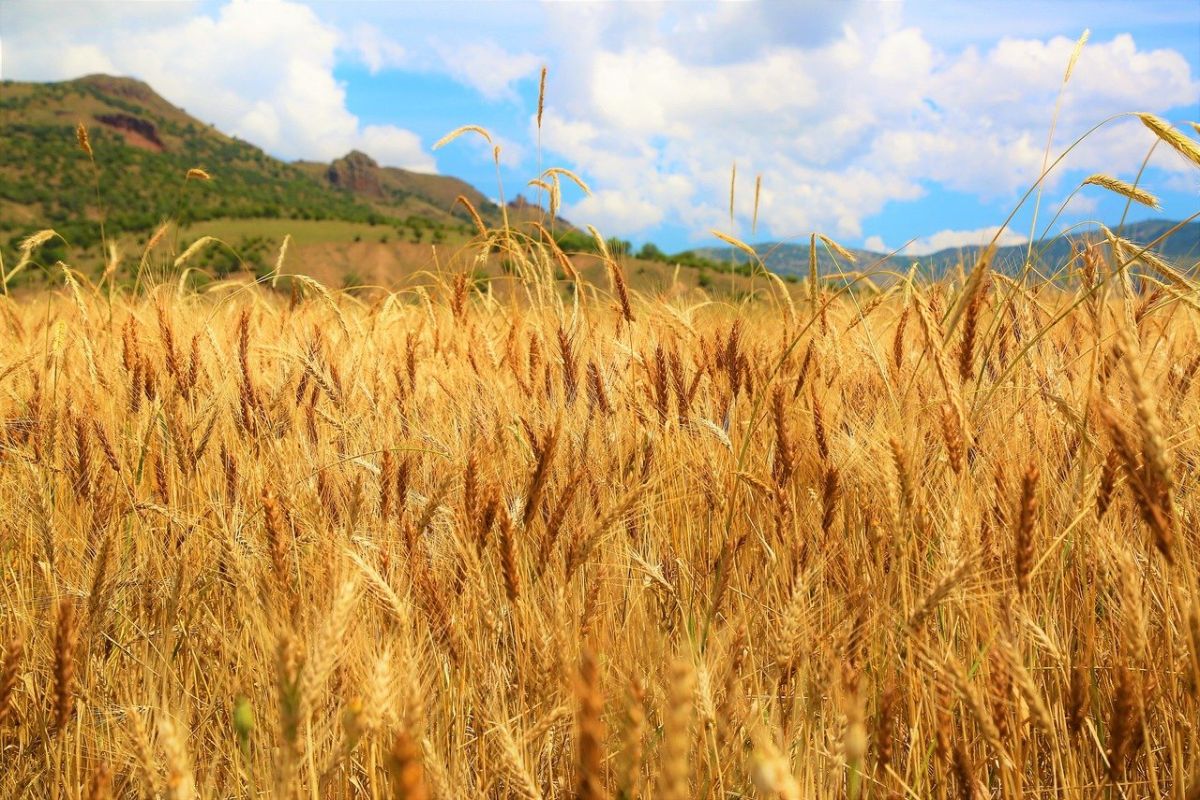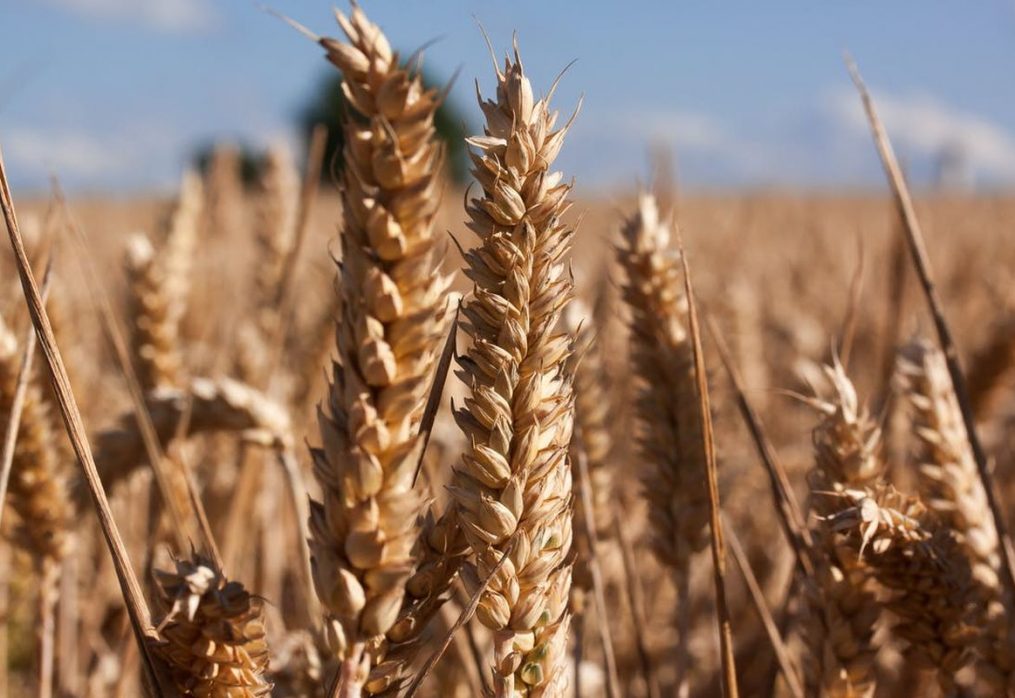Cereal production in Argentina for the 2020/2021 MY
Cereal production in Argentina: forecast by analysts of IGC
Cereal production in Argentina this year will be 77.7 million tons, according to a report from the IGC. This figure has been revised down from the last forecast and is 7 million tons less than what was recorded in the last marketing year.
Initial stocks of grain in the country are marked at 7 million tons. Last season this figure was higher by 0.1 million tons. Supply of crops in Argentina decreased by 7.2 compared to the last marketing year. It is projected at 84.7 million tons. Import figures are unchanged and will remain at the 2019/2020 MY level of 0.1 million tons.
As for export shipments, in 2020/2021 they will amount to 48.6 million tons. In the previous season, the figure was by 7.4 million tons more. By the end of the current season, analysts predict that the transition grain reserves in the country will decrease to 6.6 million tons. Last year this figure was 7 million tons.
Experts explain the decline in wheat harvest in 2020/2021 by weather conditions — Argentina suffered from drought. Therefore, the forecast of grain production is 16.7 million tons, and in the summer analysts talked about 21-22 million tons. Last season, farmers gathered 19.7 million tons.

Experts say the current grain harvest will be the worst for the last 5 years. Córdoba province was hit particularly hard by the lack of rains; analysts forecast a record drop in crops there for 20 years.
As a result of the drought the area of the plots where the harvest takes place will also decrease, a reduction of 600 thousand hectares is predicted. In total, wheat crops occupy 6.5 million hectares in the country.
It is worth noting that Argentina is considered one of the largest suppliers of wheat in the world. It exports large amounts of grain to Brazil and other South American countries.
To compensate for losses and to withstand natural disasters, the Argentine authorities approved the export of GM wheat, which has been bred as drought-resistant. The country became the first in the world to allow the sale of genetically modified grains.
The new HB4 strain improves the seed’s ability to withstand prolonged drought and produce crops with little rain. This strain reduces crop loss during ripening, thereby reducing production losses.
Unlike GM corn and soybeans, which have long been grown and used around the world, artificially bred wheat has not been approved in any state for commercial production. This ban is due to people’s concerns about the safety of consuming GMO products.
